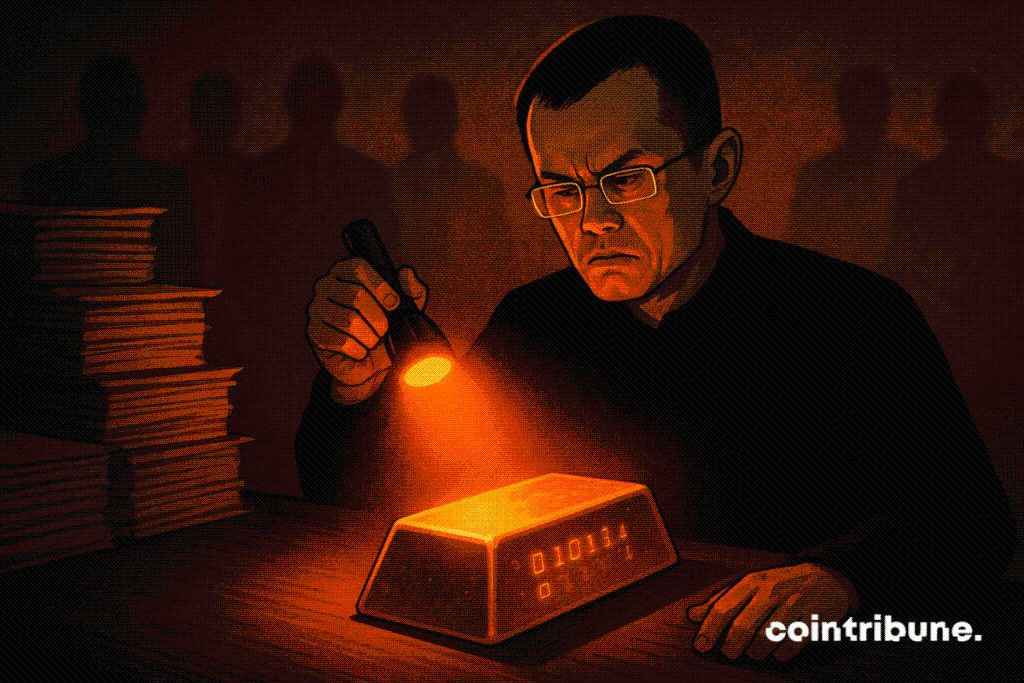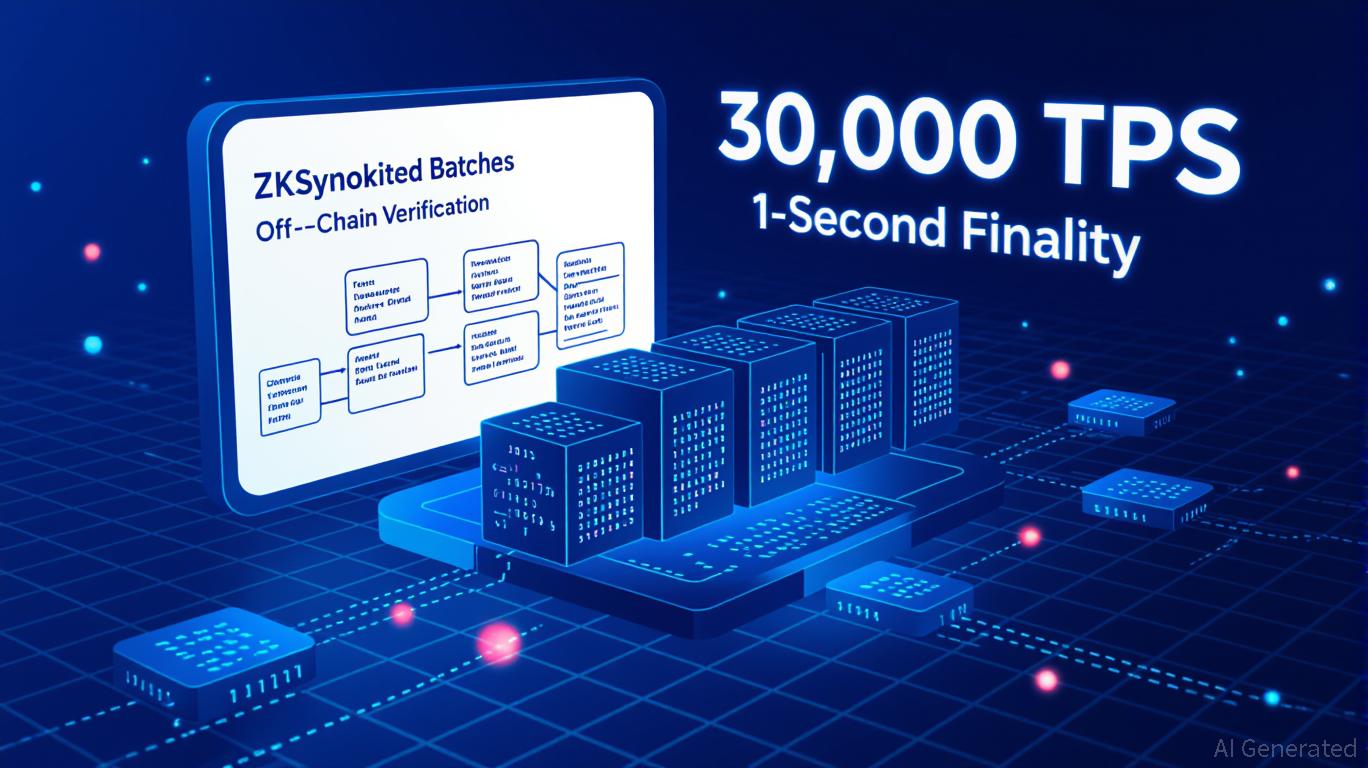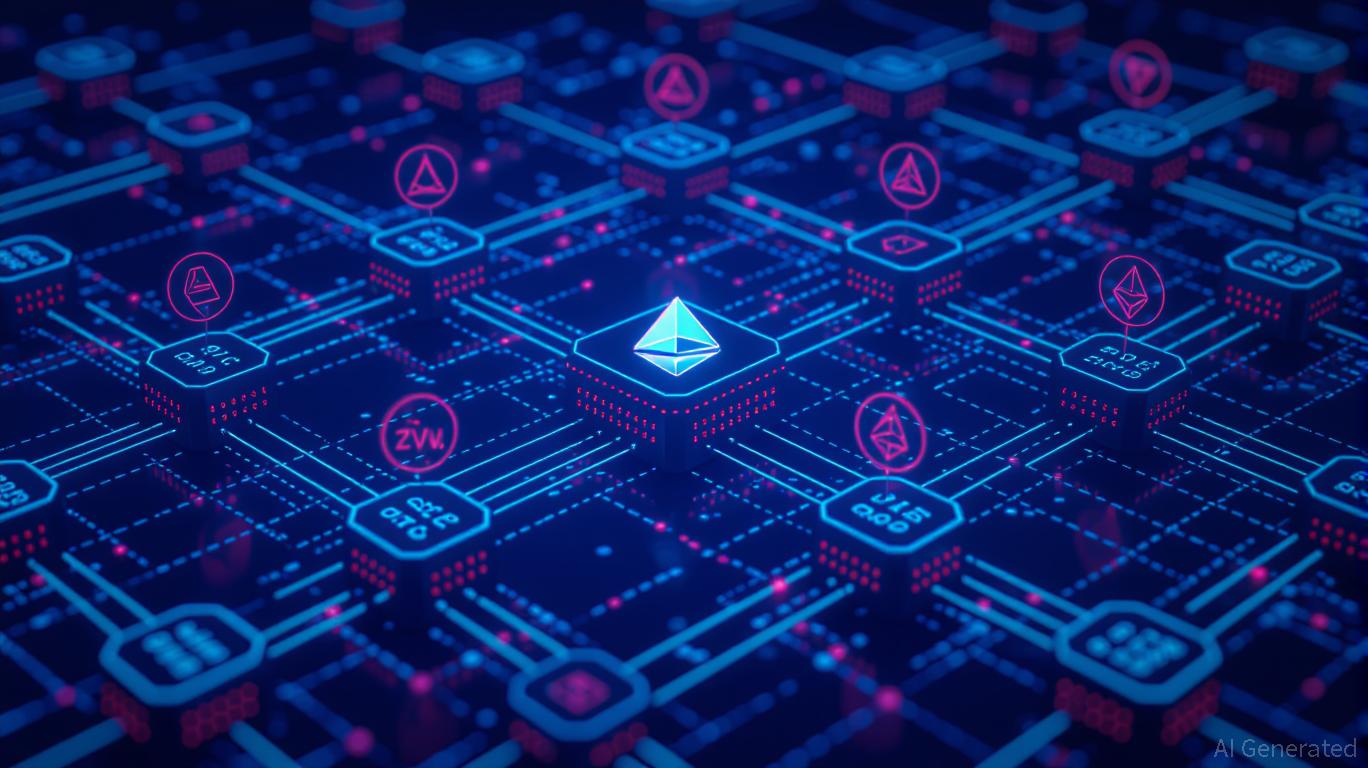Gold’s Audit Problem Resurfaces as CZ Challenges Its Verifiability
Growing attention to the long-delayed Fort Knox audit has reignited debate between gold and Bitcoin. Binance founder Changpeng Zhao (CZ) has once again joined the discussion, questioning gold’s verifiability while responding to long-time critic Peter Schiff. Rising interest in tokenized gold and continued market uncertainty have added fresh momentum to the conversation.

In brief
- CZ reignites scrutiny of long-delayed Fort Knox audits, highlighting gold’s limited transparency compared with open blockchain systems.
- Discussion centers on gold’s infrequent audits and physical limits while digital assets offer instant, public verification.
- CZ rejects Schiff’s tokenized gold pitch, arguing reliance on custodians keeps gold tied to old transparency and trust issues.
- Rising demand for tokenized gold and market uncertainty boosts interest as gold prices climb amid financial stability concerns.
CZ Calls Out Verification Gaps in Traditional Assets After Audit Inquiry
A recent exchange on X refocused attention on whether traditional assets can keep pace with modern digital systems that offer open records and instant verification. CZ’s comments quickly gained traction as users questioned why detailed audits of the United States’ gold reserves remain so rare.
The discussion resurfaced after a user asked, “Whatever happened to the audit at Fort Knox?” Zhao responded by saying gold is difficult to verify and used the moment to take aim at Schiff, who often argues that Bitcoin has no intrinsic value.
According to the U.S. Treasury, the government holds 261.5 million troy ounces of gold, with 147.3 million ounces stored at Fort Knox . A full audit has not been conducted in decades, fueling ongoing calls for greater transparency regarding one of the world’s largest state-controlled reserves.
CZ’s brief remarks added pressure to revisit a topic that has long been met with silence from authorities.
Zhao Rejects Schiff’s Tokenized Gold Pitch, Citing Ongoing Trust Issues
Gold remains widely regarded as a reliable store of value , yet its physical form presents verification challenges that digital assets circumvent. Vault access is tightly controlled, audits occur infrequently, and public visibility is minimal.
In contrast, cryptocurrencies run on transparent blockchains that provide real-time transaction histories. Anyone can verify fund movements without special access, offering a level of openness that physical metals cannot match.
A central part of Zhao’s debate stems from these factors:
- Real-time verification is possible with digital assets, not with stored gold.
- Independent data checks for crypto do not require special access.
- Gold must be physically inspected, tested, and weighed.
- Public records for on-chain assets are available 24/7.
- Audits rely on intermediaries and infrequent official reviews.
Schiff recently announced plans to launch a tokenized gold product , arguing that gold “fits” blockchain systems by combining the stability of bullion with the convenience of digital assets.
CZ pushed back, noting that any token tied to stored gold still depends on trust in intermediaries and custodians. While the token may move on-chain, the gold itself remains off-chain—retaining the same verification and trust issues.
CZ reiterated his view that the asset has value but is impractical for daily transactions, while Bitcoin offers both portability and public verifiability.
Market Interest Keeps Gold in Focus
Interest in tokenized gold has surged, surpassing $1 billion in daily volume on October 18. Strong demand followed a major rally in gold amid persistent concerns about rising debt and financial instability. BlackRock CEO Larry Fink linked the movement to growing worries over government finances and a weakening currency outlook.
Spot gold rose 0.7% to $4,005.21 per ounce on Friday as a softer dollar and the threat of a U.S. government shutdown boosted safe-haven demand . December futures settled at $4,009.80 per ounce. Analysts at Commerzbank said the asset is likely to remain supported as long as global trade tensions persist.
Disclaimer: The content of this article solely reflects the author's opinion and does not represent the platform in any capacity. This article is not intended to serve as a reference for making investment decisions.
You may also like
Aster DEX’s Latest Protocol Enhancement and Liquidity Rewards: Advancing On-Chain Solutions and Optimizing DeFi Capital Utilization
- Aster DEX's 2025 protocol upgrade enables ASTER token holders to use their tokens as 80% margin collateral for leveraged trading, with a 5% fee discount for collateral users. - The upgrade triggered a 30% ASTER price surge and $2B 24-hour trading volume spike, attracting institutional attention including Coinbase's listing roadmap inclusion. - By converting ASTER into a functional collateral asset, the platform enhances capital efficiency while reducing liquidation risks through reduced margin requiremen

Vitalik Buterin's Progress in Zero-Knowledge Technology and the Investment Opportunities within Ethereum's Layer-2 Ecosystem
- Vitalik Buterin prioritizes ZK technologies to optimize Ethereum's post-Merge scalability, targeting modexp precompile replacement for 50% faster ZK-proof generation. - ZKsync's Atlas upgrade enables 15,000+ TPS and near-zero fees by redefining L1-L2 liquidity, positioning ZK-based L2s as Ethereum's infrastructure backbone. - Dencun's "blob" data slashes L2 costs by 98%, driving Base and Arbitrum to surpass Ethereum's base layer in transaction volume and user adoption. - ZK L2s like ZKsync and StarkNet s

Vitalik Buterin Supports ZKsync: What This Means for Layer 2 Scaling
- Vitalik Buterin endorses ZKsync, highlighting its ZK-rollup tech as critical for Ethereum's scalability and decentralization goals. - ZKsync's Atlas upgrade achieves 30,000 TPS with 1-second finality, enhancing programmability while maintaining on-chain security. - The project faces competition from Arbitrum and Optimism but differentiates through privacy, low fees, and Ethereum compatibility. - Rigorous audits and emergency response protocols strengthen ZKsync's security, though real-world performance r

ZK Atlas Enhancement: Driving Blockchain Expansion and Business Integration in 2025
- ZKsync's 2025 Atlas Upgrade introduces a high-performance ZK stack with 15,000+ TPS, redefining blockchain scalability through modular Layer 2/3 infrastructure. - The upgrade enables bridge-free Ethereum interoperability and supports EVM/RISC-V/WASM compatibility, addressing enterprise needs for hybrid blockchain solutions. - Institutional adoption surges with ZK token's 50% price jump and $19M+ partnerships, though legacy system integration and regulatory clarity remain key challenges. - BaaS compatibil

